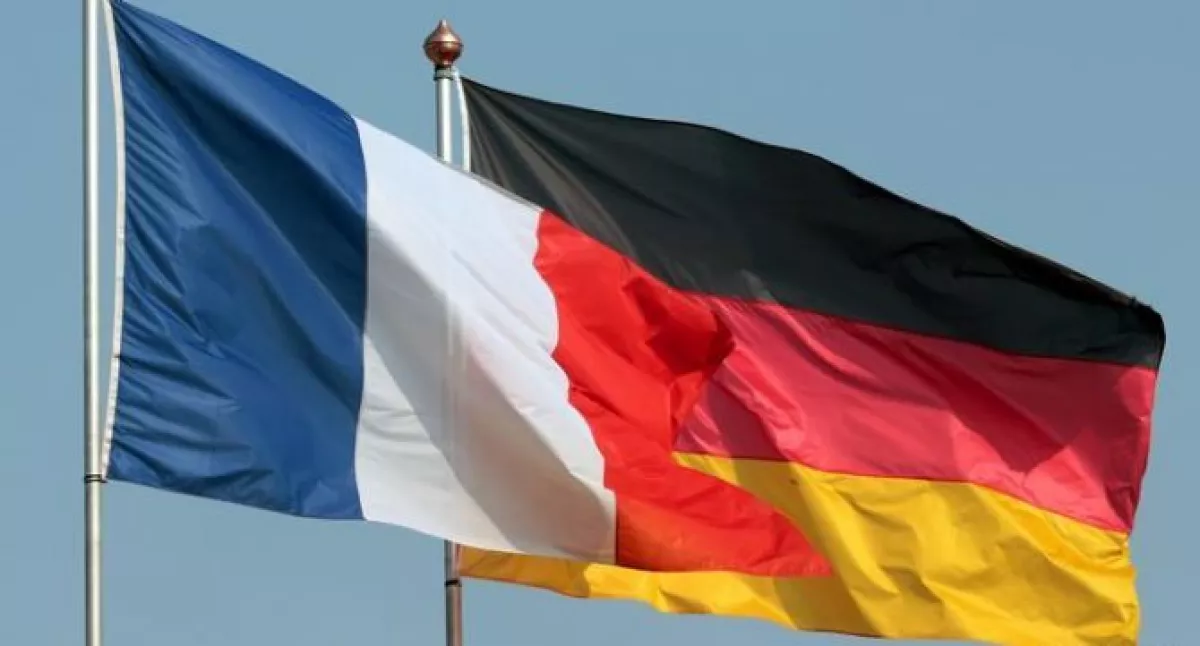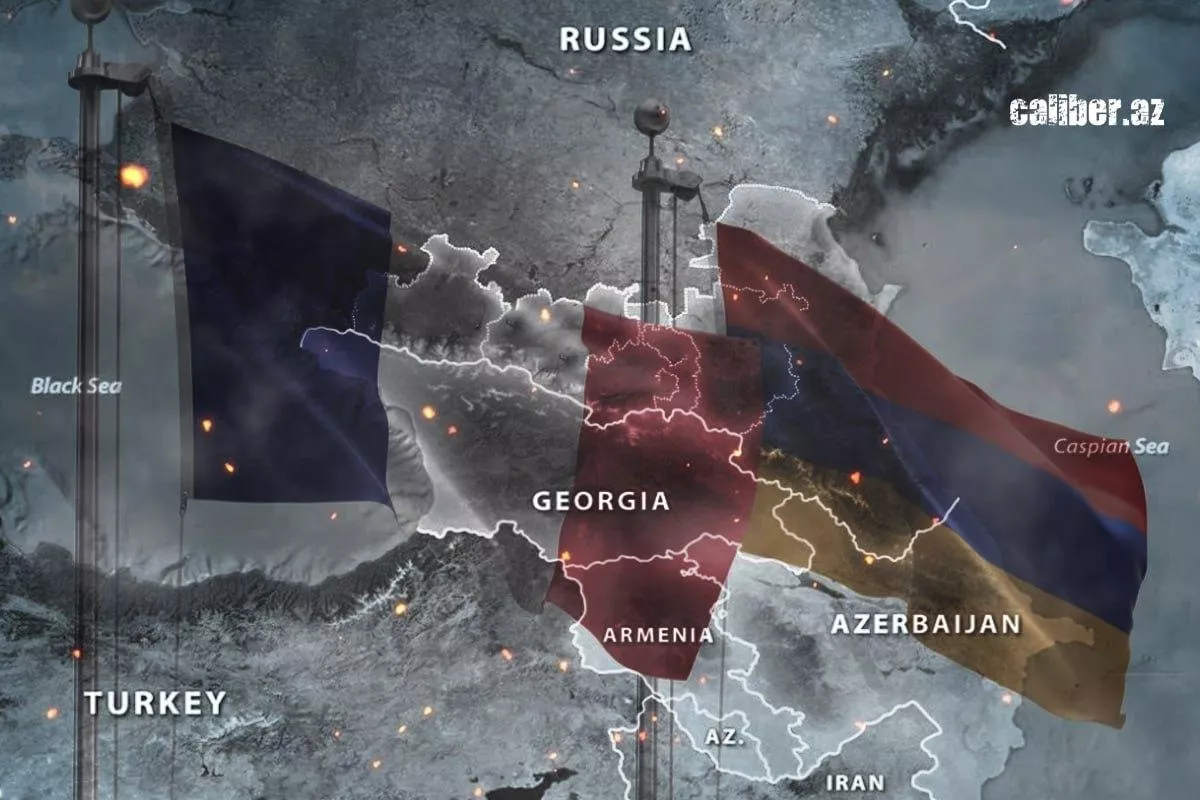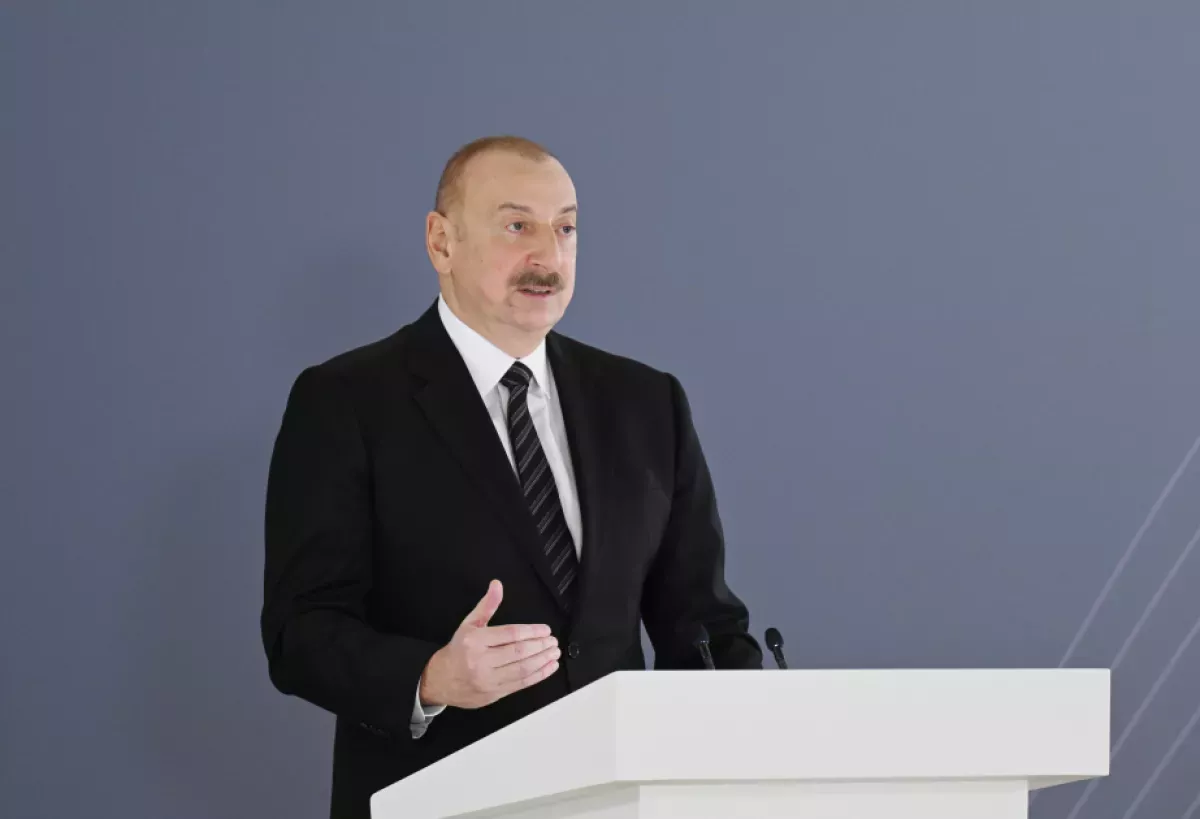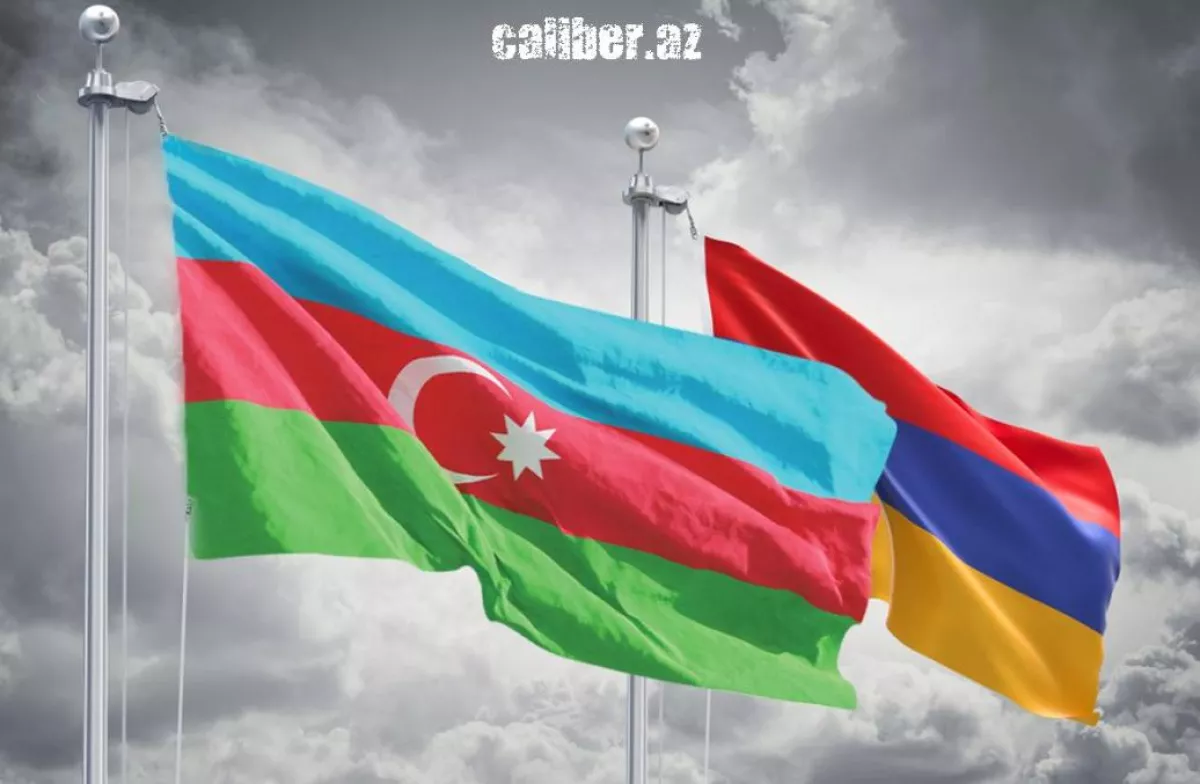Armenia faces historic choice between peace & no peace South Caucasus at turning point
Armenian Prime Minister Nikol Pashinyan stated on August 21 that in the upcoming 2026 parliamentary elections, citizens will face a crucial choice: between “peace and not peace.” This statement captures the gravity and importance of this moment in the history of the South Caucasus. The decision at hand goes beyond Armenia’s internal politics — it represents a strategic crossroads that will shape the future of the entire region for decades to come.
History has shown many examples of peoples who, after years of conflict, struggled greatly to find peace. Take France and Germany: despite enduring long-lasting wars and the devastation of two world wars, they eventually overcame their deep-seated animosity. However, this reconciliation didn’t happen overnight—it took many years and immense political will. It was only in the 1950s, through joint economic initiatives and European integration, that they were able to build a foundation for lasting peace.

This example clearly illustrates that achieving peace between two nations—especially after years of conflict and countless losses—is never easy or quick. It demands courage, a readiness to compromise, and true wisdom. The reconciliation process between Armenia and Azerbaijan faces many challenges, with some of the biggest obstacles coming from groups opposed to lasting peace—particularly the Armenian diaspora in the United States, France, and other countries.
For decades, it has been this group that shaped a distorted perception of the causes of the Armenian-Azerbaijani conflict in Western societies, actively engaging politicians, journalists, and public figures. As a result, one-sided views became entrenched in Western political culture: Armenia was seen solely as the “victim,” while Azerbaijan was labelled the “aggressor.” This clearly hindered an objective understanding of the conflict and prolonged the resolution process.

The destructive role France and Russia have played, using the Armenian-Azerbaijani conflict to advance their own geopolitical interests, also can’t be overlooked. For decades, France has backed Yerevan—including on the issue of the occupation of Azerbaijani territories—seeking to strengthen its influence in the region and appeal to the Armenian diaspora.
This is evident in the actions of various French politicians, including President Macron, who tried to counter the Azerbaijani army’s successful campaign to reclaim its lands during the 44-day war. The shameful decision by the French Senate to recognise the so-called “NKR” (Nagorno-Karabakh Republic) as “independent,” as well as how France continued to provide Armenia with political, economic, and military support after the war, clearly hoping to fuel further conflict with Azerbaijan have also not been forgotten.
Russia behaved in a very similar way, consistently viewing the Armenian-Azerbaijani conflict as a tool to keep the South Caucasus within its sphere of influence. As President Ilham Aliyev noted during a meeting with residents of the city of Kalbajar on August 21, one of the goals of those who once supplied Armenia with weapons free of charge was precisely to prevent a peaceful resolution of the conflict between Baku and Yerevan.
“The cost of the weapons the Armenian army received from abroad, which we destroyed in the Second Karabakh War and the anti-terrorist operation and took as military booty, amounted to approximately 5-6 billion dollars. Of course, Armenia did not have the money to buy so many weapons. All these weapons were given to them for free, for the purpose of continuing the occupation, for the purpose of ensuring that Azerbaijanis could never return to their ancestral lands, for the purpose of ensuring that this conflict between Armenia and Azerbaijan was not resolved peacefully,” the head of state said.

Today, as Armenia and Azerbaijan gradually move closer to signing a peace agreement, both France and Russia are feeling their own geopolitical defeat. In this situation, attempts to disrupt the peace process seem highly likely.
This moment is also important because there is almost a year left until June 2026, and this time will undoubtedly be a period of intense political struggle both within Armenia and around it. It is likely that forces interested in maintaining confrontation with Azerbaijan will make every effort to destabilise the situation through information attacks and manipulation of public opinion.
At the same time, it is during this period that the voice of ordinary Armenian citizens will become decisive. It is an obvious truth that choosing peace is not just a diplomatic act — it is a chance for a profound renewal of the entire Armenian statehood. The benefits are clear.
First and foremost, opening the borders with Azerbaijan and Türkiye will give Armenia access to new markets, transit routes, and investments. As a result, the republic will emerge from isolation and be able to integrate into regional and global economic processes.
Moreover, the final signing of a peace treaty with Azerbaijan will reduce militarisation and allow Armenia to allocate resources to education, healthcare, and infrastructure. Overall, the South Caucasus will have the opportunity to become a space of cooperation rather than endless conflict, with joint transport and energy projects potentially laying the foundation for prosperity.

Furthermore, a stable and legally binding peace agreement with Azerbaijan will reduce Yerevan’s dependence on external patrons, especially Russia, and allow Armenia to pursue a more independent policy. Most importantly, it will give young Armenians the chance to live in peace rather than war, to make plans, and to build their future through the development of their own country instead of emigrating abroad.
Thus, the upcoming parliamentary elections in Armenia in 2026 could truly become a historic turning point. The choice “between peace and not peace” is not just a slogan—it is a reality facing Armenian society.
And while the path to peace may be difficult, as it has been in all reconciliation processes throughout history, and while there are forces—some states, diaspora groups, or internal radicals—trying to disrupt the peace process, the power to choose peace lies firmly in the hands of the majority of Armenian citizens. This choice opens up opportunities for development and prosperity not only for their country but for the entire South Caucasus.








